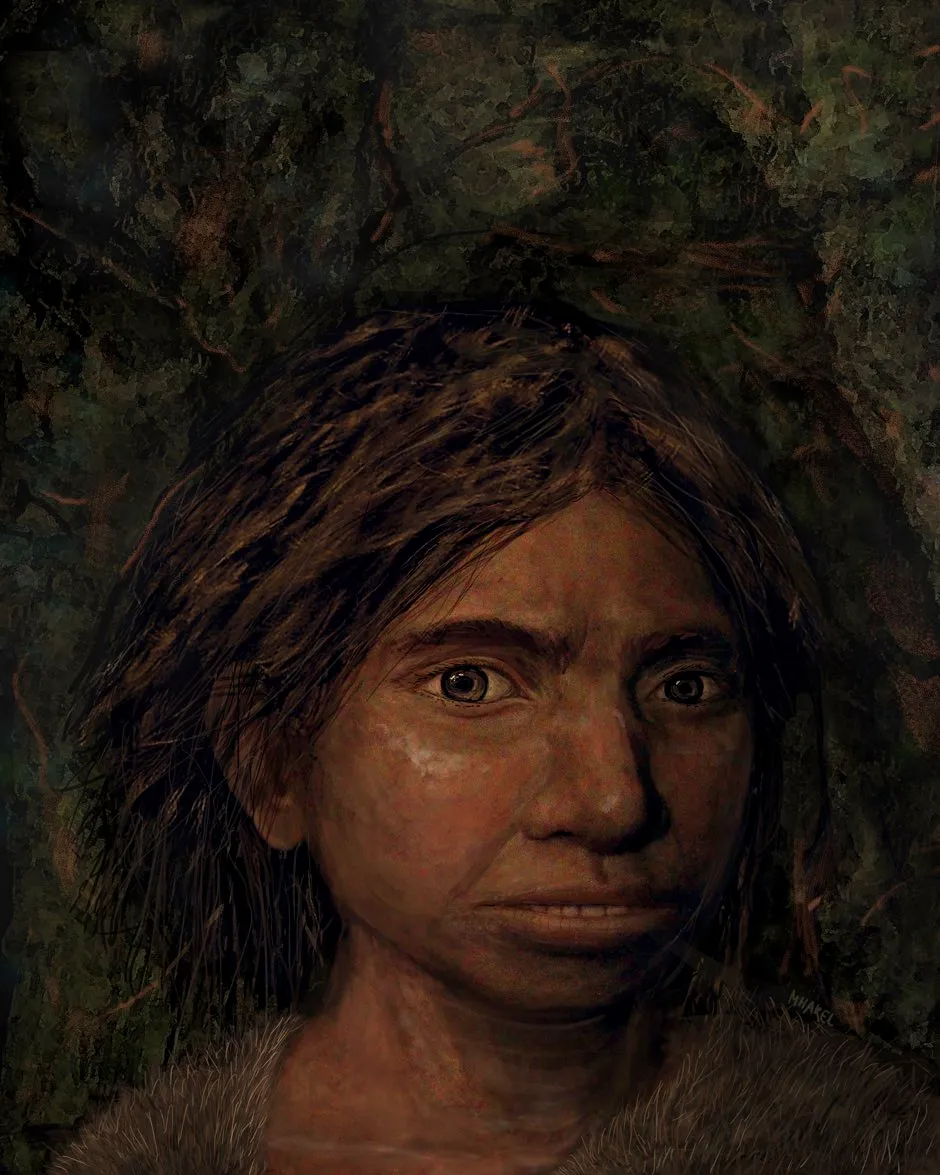Today, we are the only humans on the planet. However, if you could clamber inside a time machine and head back 100,000 years, you would find a world populated with several hominin species, including modern humans, Neanderthals and Denisovans.
While scientists have previously managed to gather enough data from skeletal remains to paint a pretty good picture of Neanderthals, they have been unable to establish what Denisovans looked like. But now, thanks to new research from the Hebrew University of Jerusalem, we can look into the eyes of our ancient relatives.
Read more about our human ancestors:
- Neanderthals weren't the strong, strapping cavepeople we imagine
- Ancient Neanderthal-Denisovan hybrid unearthed in Siberian cave
Scientists have only found a small collection of Denisovan remains, which were uncovered in the Denisova Cave in southern Siberia – giving the ancient hominins their name. The remains included part of a little finger bone from a female child, a few teeth and a lower jaw.
While DNA was successfully extracted from the finger bone and informed scientists that the Denisovans were genetically distinct from Neanderthals and modern humans, it did not contain enough detail to provide them with much information about their anatomy; it could only tell them that the child had dark hair, skin and eyes.

Now, however, scientists from the Hebrew University of Jerusalem have used data obtained through something called ‘DNA methylation’ to successfully reconstruct an image of the Denisovans.
DNA carries the genetic instructions for all life and is made up of four ‘bases’ called adenine (A), cytosine (C), guanine (G) and thymine (T). The underlying sequence of As, Cs, Gs and Ts will determine the biological instructions in a strand of DNA. DNA methylation is a modification that affects the genetic activity without altering that important sequence of As, Cs, Gs, and Ts.
Read more about ancient humans:
- Stone Age chewing gum reveals history of Scandinavia
- Cave paintings reveal ancient Europeans’ knowledge of the stars
By comparing DNA methylation activity between Denisovans, Neanderthals and modern humans, the researchers found areas in the genes that were different between the species. They then looked for evidence about what the Denisovans might have looked like, based on what's known about human disorders when those same genes lose their function.
"By doing so, we can get a prediction as to what skeletal parts are affected by differential regulation of each gene, and in what direction that skeletal part would change – for example, a longer or shorter femur," said David Gokhman, who co-authored the research.
In total, the researchers discovered 56 features – 34 of them in the skull – in which Denisovans were different from Neanderthals and/or humans. They found that the Denisovans probably shared Neanderthal traits, like a longer face and wider pelvis, yet also had differences unique to the species, such as a larger dental arch and expanded skull.
"Studying Denisovan anatomy can teach us about human adaptation, evolutionary constraints, development, gene-environment interactions, and disease dynamics," said Liran Carmel, who co-authored the research. "At a more general level, this work is a step towards being able to infer an individual's anatomy based on their DNA."
